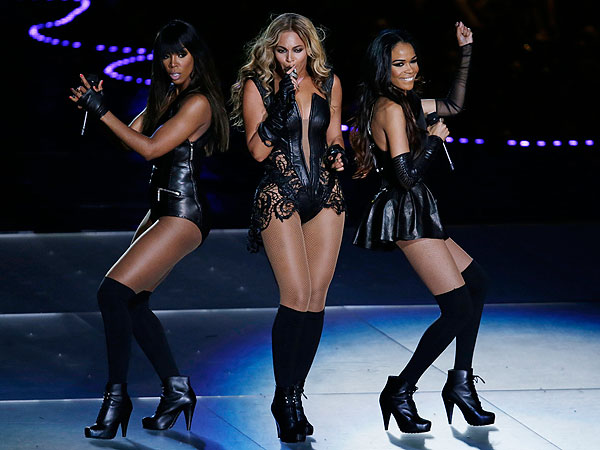NEW YORK (Reuters) - Stocks climbed on Tuesday, recovering a day after the market's biggest sell-off since November, as stronger-than-expected earnings brightened the profit picture.
Dell Inc's
All 10 S&P sectors were higher, and the S&P 500 and Nasdaq gained more than 1 percent.
The market's bounce follows a sell-off on Monday that gave the S&P 500 its biggest percentage decline since mid-November. The benchmark remains up 6 percent since the start of the year and is less than 4 percent away from its all-time closing high of 1,565.15 from October 2007.
Analysts said fourth-quarter results have been among factors helping to boost stocks. On Tuesday, Archer Daniels Midland reported revenue and adjusted fourth-quarter earnings that beat expectations, boosted by strong global demand for oilseeds. Shares rose 3.3 percent to $29.38.
"There's not a huge upside surprise by any means, but we're definitely seeing slightly better-than-expected earnings overall," said Bryant Evans, portfolio manager at Cozad Asset Management, in Champaign, Illinois.
The Dow Jones industrial average <.dji> was up 99.22 points, or 0.71 percent, at 13,979.30. The Standard & Poor's 500 Index <.spx> was up 15.58 points, or 1.04 percent, at 1,511.29. The Nasdaq Composite Index <.ixic> was up 40.41 points, or 1.29 percent, at 3,171.58.
The market shot higher at the start of the year after U.S. lawmakers were able to come to a last-minute agreement to avoid a national "fiscal cliff," but questions on spending cuts remain.
President Barack Obama on Tuesday urged Congress to pass a small package of spending cuts and tax reforms. Though the plan was quickly rebuffed by Republican leaders, investors are looking for an agreement.
"I think there's some hopefulness out there that a reasonable compromise will be made," Evans said.
Also in earnings, Estée Lauder Cos Inc
With results in from more than half of the S&P 500 companies, 69 percent have beaten profit expectations, compared with the 62 percent average since 1994 and the 65 percent average over the past four quarters. Sixty-six percent of companies have beaten on revenue.
Fourth-quarter earnings for S&P 500 companies are expected to rise 4.5 percent, according to the data, above the 1.9 percent forecast at the start of earnings season.
On the down side, McGraw-Hill
On Monday, McGraw-Hill stock suffered its worst one-day decline since the 1987 market crash.
Volume was roughly 6.7 billion shares traded on the New York Stock Exchange, the Nasdaq and the NYSE MKT, compared with the 2012 average daily closing volume of about 6.45 billion.
Advancers outpaced decliners on the NYSE by nearly 11 to 4 and on the Nasdaq by about 3 to 1.
(Editing by Kenneth Barry and Nick Zieminski)













